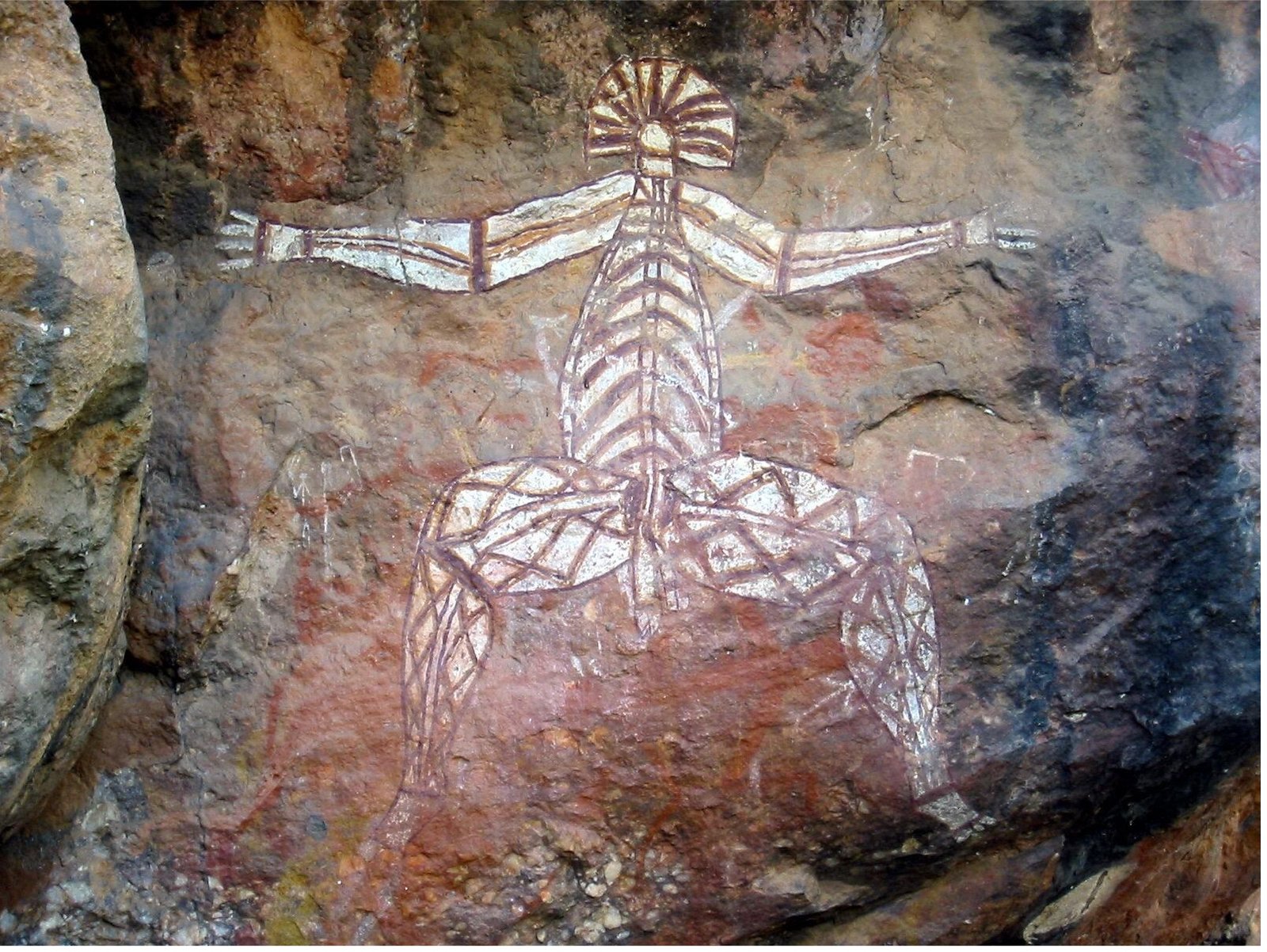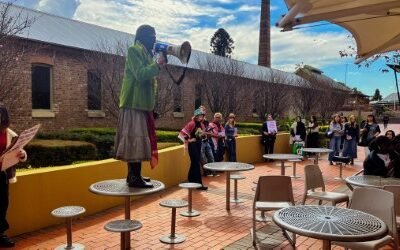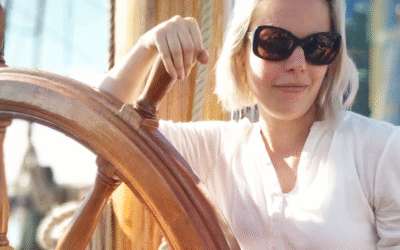Many international students desire to learn more about Australian Indigenous culture. Here, Ishmamul Haque provides a brief guide to Dreamtime beliefs for our international students.
Aboriginal people are part of the oldest continuing culture in the world. A vital tool of preserving and passing this culture onto the next generations, was the Dreamtime (or Dreaming) stories and art. It is a foundational pillar of understanding Aboriginal spirituality, beliefs and the essence of their existence.
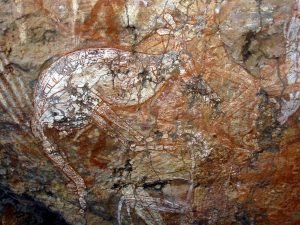
Aboriginal rock art showing a kangaroo at Kakadu National Park
What is Dreamtime or Dreaming?
The Pitjantjatjara people call it Tjukurrpa while the Arrernte use the word Aldjerinya to convey its meaning. The English language is inadequate for understanding or explaining the Dreamtime in a single word. Firstly, it attempts to use a single term as an umbrella to encapsulate the different meanings and understandings applied to the term by various cultural groups of Aboriginal people. Secondly, the English term confines time contrary to the essence/meaning of the Dreaming that began, is present and will continue as an event beyond time.
In essence, the Dreaming explains the creation of the world and existence of life in the Aboriginal belief system. Value systems, relations to the land and its dwellers, and the very way of life are determined by the Dreaming.
How is the Dreaming expressed?
The immortal form of the Dreaming is provided through art and stories. The art and stories are complemented by ritualistic songs, dances and ceremonies which in conjunction informs the holistic culture of the people.
There is no written language used by the Aboriginal people. Hence, the visual medium is used to capture the stories of the Dreamtime, which are passed down for centuries using icons and symbols in art. The art is used for the aesthetic preservation of culture but also as tools of instruction to younger generations. The same art piece can be interpreted at a higher level among initiated elders, while told in a simpler form to children.
While contemporary art is done on canvas, traditionally, Aboriginal art has been found in rock walls, done as body paint and etched in sand or the earth while the story was being communicated.
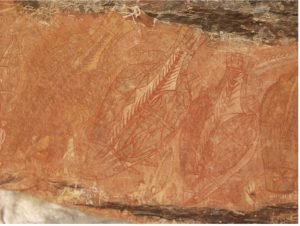
Aboriginal rock art showing a barramundi fish
Synopsis of a Dreamtime Story
The Rainbow Serpent is a Dreamtime story that explains how the ancestral spirits gave life to the land and attained a form in nature. Goorialla, the Rainbow Serpent, went on a quest to find its tribe across all of Australia and cut gouges into the land. The serpent then decided to create more life. The frogs flooded the gouges with water – creating the streams and rivers, wombats populated the burrows and kookaburras came into existence.
During a time of unprecedented heavy rainfall, the serpent ate the Rainbow Lorikeet brothers, deceiving them of the promise of shelter. Realising his mistake, he hid away in the sky and now appears as the rainbow to apologise for taking the brothers from the people.
Synopsis of Dreamtime Art
Contemporary Dreamtime Art is a modern movement on canvas and board. It is used to express stories like the Rainbow Serpent using symbols and creativity. Dot paintings also constitute as Dreamtime art which originated as a means to disguise communication from European settlers and to preserve their secrets. Permission is required to produce these paintings if the story has not been inherited from family.
Dreamtime art is a cornerstone of Aboriginal culture. The stories and paintings should be observed and understood by settlers in this country and purchased only with a comprehensive understanding of their value. Support of Aboriginal artists and their culture acts as a healing for this nation which had tried to erase their existence.

